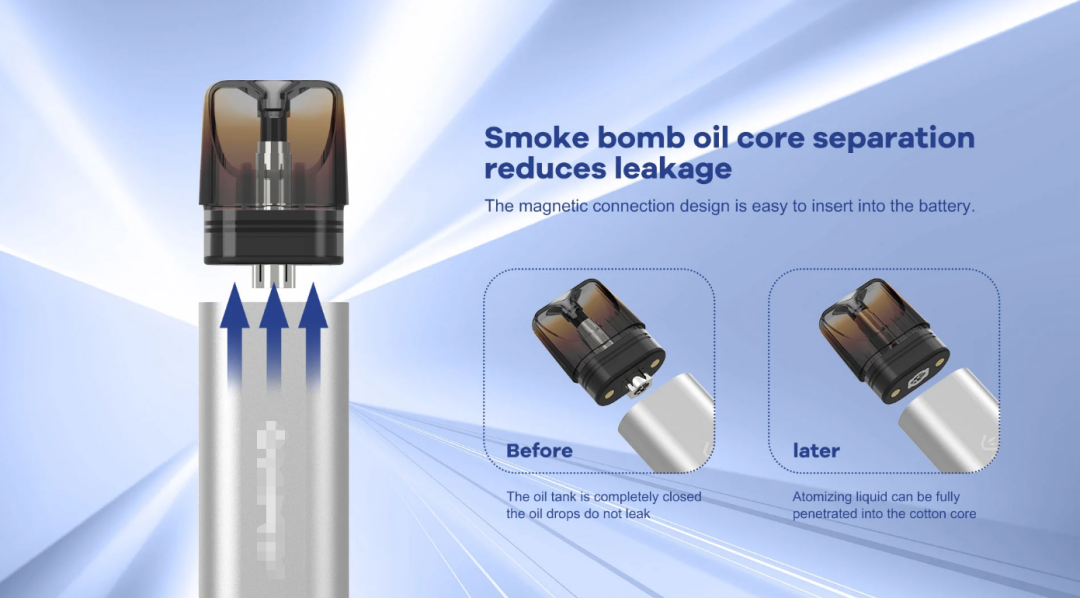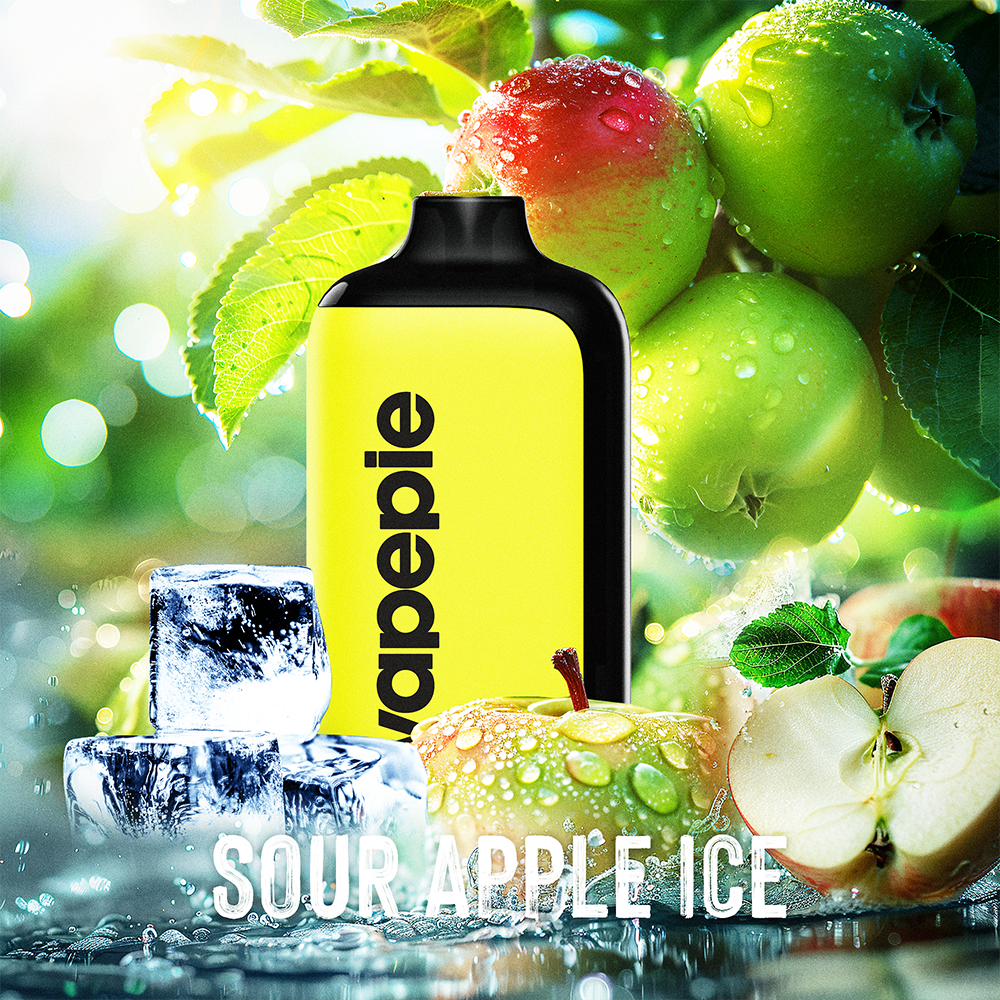
ARE YOU OF LEGAL VAPE AGE?
Please confirm that you are of legal age to purchase vaping products to access our site.

Please confirm that you are of legal age to purchase vaping products to access our site.
Some items are no longer available. Your cart has been updated.
This discount code cannot be used in conjunction with other promotional or discounted offer.
1.Introduction
2.The Necessity of Oil-Core Separation Technology
3.Principles of Oil-Core Separation Technology
4.Conclusion
Oil-core separation is a pivotal technology in the design of vape, aimed at preserving the integrity of the e-liquid and atomizer core during transportation and storage. By maintaining separation between these components until the device is activated, this technology mitigates common issues such as flavor degradation, leakage, and aroma loss, ultimately enhancing the reliability and satisfaction of the vaping experience.
2.1 Protecting E-Liquid Quality
Prolonged contact between the e-liquid and the atomizer core can lead to degradation or oxidation, compromising the flavor and quality of the vape. Oil-core separation ensures that the e-liquid remains isolated until use, safeguarding its original properties and delivering a consistent vaping experience.
2.2 Preventing Leakage
Leakage poses a significant challenge, particularly in devices with large e-liquid capacities. By isolating the e-liquid from the atomizer core during storage and transportation, oil-core separation significantly reduces the risk of seepage through wicking materials, improving product reliability and user trust.
2.3 Extending Atomizer Lifespan
Continuous exposure to e-liquid can corrode or oxidize the atomizer core, reducing its operational lifespan. Oil-core separation limits this exposure, enhancing the durability and long-term performance of the atomizer, which benefits both manufacturers and users.

2.4 Enhancing User Experience
When degraded substances mix with the e-liquid, they can impair the taste and diminish the overall vaping experience. Oil-core separation prevents such contamination, ensuring a pure, high-quality flavor profile that meets user expectations for enjoyment and satisfaction.
2.5 Avoiding Dry Burning
Improper setup or operation prior to vaping can result in dry burning of the atomizer core, leading to a burnt taste and potential damage to the device. Certain oil-core separation mechanisms prevent this by ensuring the core only engages with the e-liquid when correctly prepared for use.
Oil-core separation involves innovative designs that keep the e-liquid and atomizer core apart until the device is ready for vaping. Below are the three primary methods employed:
3.1 Rod-Lifting Type
Commonly used in disposable e-cigarettes, this method employs a silicone rod to elevate the atomizer core away from the e-liquid. When the user initiates vaping, the rod is adjusted to allow contact between the core and the e-liquid. Note that some devices use silicone rods for sealing rather than true separation, which does not fully align with this technology’s principles.
3.2 Push-In Type
Predominantly found in open-system and high-power e-cigarettes, this design seals the atomizer core’s oil inlet within a silicone pad at the base, preventing e-liquid access. Upon use, the user pushes the core into the oil chamber, enabling the e-liquid to flow into the core for vaporization.
3.3 Shielding Type
A less common approach, this method encases the atomizer core within a protective shield or cover that blocks the e-liquid. The user activates the device by rotating or sliding the shield, allowing the e-liquid to saturate the core and initiate vaping.
Oil-core separation technology provides substantial benefits, including the preservation of e-liquid quality, prevention of leakage, and an improved user experience. However, its implementation requires additional components and intricate designs, which can elevate production costs and complexity. Consequently, this technology is typically reserved for premium or flagship e-cigarette products, where its advantages are most appreciated by discerning users.

Comment